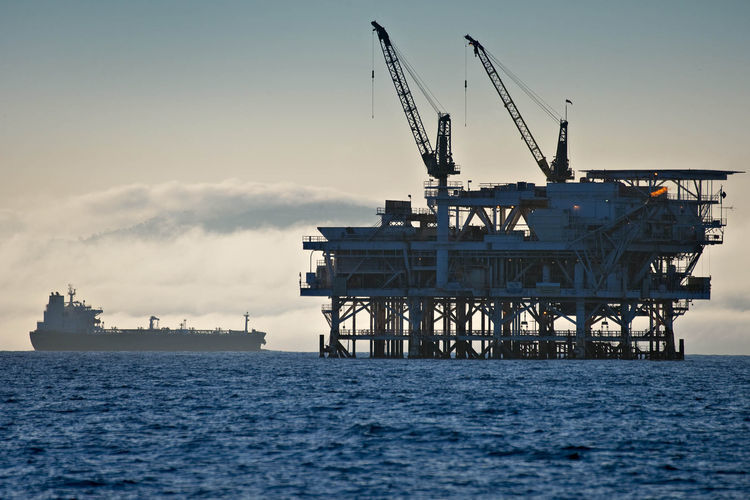
This has been an especially dire few days for the upstream industry!
With CHC Helicopters crashing into Chapter 11 bankruptcy protection, IRM contractor Harkand going belly-up and the Baker Hughes – Halliburton engagement ring chucked into a drawer and locked away, one has to wonder whether talk of green shoots of recovery perhaps starting to appear are premature.
There is probably a freight train’s worth of collapses within the supply chain to come over the next several months, especially among companies that are highly leveraged and which cannot service or renegotiate their debt schedules.
BW Offshore, Seadrill, Viking Supply Ships and Songa Offshore are among those companies to have warned in recent weeks that they are struggling to weather the storm and are looking for forbearance from their investors.
On the other hand, at least one of the above, namely Seadrill, has just been spending money, having just picked up the UDW drillship Deepsea Metro II for a reported $210 million. This seems contradictory, bearing in mind the market warning
Deepsea Metro was built in 2011, its owner was Chloe Marine Corporation. Chloe was owned by Deepsea Metro and Odfjell Drilling. The drillship manager was Odfjell Drilling. To finance the delivery of the vessel, Chloe took a $400 million senior secured bank loan and issued $150 million of second lien bonds. Oh so complex and very Norwegian in its complexity.
Meanwhile, Norway’s huge high-yield bond market has become the latest casualty of the oil industry slump. In short, it is falling apart and that seems to suggest that some of the above companies will be forced into bankruptcy as the moneymen seek to save their own skins.
At the moment, Harkand is in administration. But for how long?
Even if the oil price staged a dramatic recovery starting H2 this year, it would be at least another two or three years before the offshore oil & gas dinosaur blinks and starts to lumber forwards again … slowly.
That’s not good for Harkand, nor any other company up to its oxters in debt and almost exclusively servicing the needs of offshore oil & gas
As Reuters reported a few days ago, shunned by new investors, bond issuances by companies that provide services to the global oil industry have dried up.
This has to all intents and purposes shut down a part of the corporate bond market that is worth around $10billion and is a crucial hub for debt financing for many small and mid-size companies from Norway and overseas.
And so to CHC, which a few weeks ago hosted a major annual helicopter safety conference in Vancouver and a few days ago lost another EC225 aircraft.
The Chapter 11 announcement suggests that it will be sort of life as normal in terms of fleet operations with the notable exception of the EC225.
However, whilst the company is hoping for the chance of an orderly recovery; may I remind that that famous US airline Pan American crashed into Chapter 11 in January 1991.
This 50-year leader in civil aviation cited fuel costs, a market downturn and the Flight 103 bombing as key reasons for filing for bankruptcy protection.
Initially, it said travellers would not be affected. Ultimately, however, Pan Am never recovered.
Here we have CHC, hammered by a market downturn, facing significant debt servicing issues and the loss of an EC225 with all who were aboard.
I really do wonder whether it will follow Pan Am into aviation history. I also wonder whether the EC225’s days as a North Sea workhorse are numbered.
To my mind, many “Pumas” have failed over the years, not least the EC225 variant.
Just think of the terror that will now reside within the North Sea commuter workforce.
There is no way I would fly in one. No way.